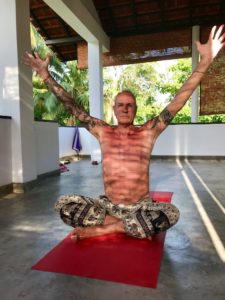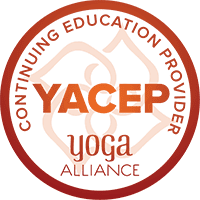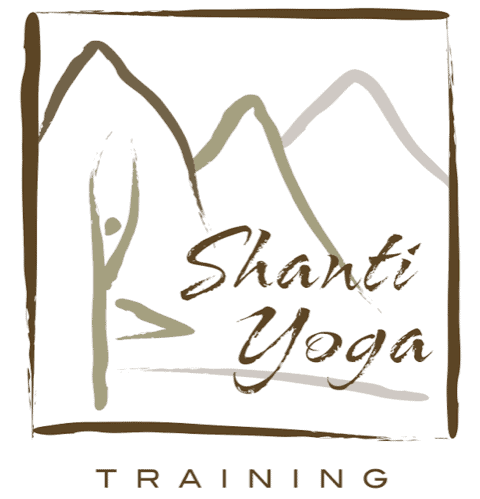Meditation Overall Objective
Meditation is considered the “fruit of the practices.” Meditation allows us to live more fully, more happily by showing us that we do have choice. We live more fully awake and less distracted by “filters”. As Patanjali says, “It is the stilling of the mind so we can see our true splendor.” In this Course, students will learn the philosophy, psychology and neuroscience behind meditation and how to apply these concepts to practice and teaching.





